

Alaska is one of the westernmost states of the US, positioned in the northwestern part of North America. It has a strong economy and one of the highest per capita incomes in the US, owing to the abundance of crude oil and natural gas reserves. It also has large deposits of coal, minerals and precious metals like gold. Mining and seafood processing are major industries apart from tourism.
Alaska has expansive forests, biosphere reserves and sanctuaries. Home to many indigenous tribes, the region has preserved its cultural traditions and way of life. Often depicted as a pristine place, Alaska imports its food requirements as the harsh cold climate makes agriculture impossible, though a few crops like seasonal vegetables are grown for sustenance.
Fish such as salmon, cod, crabs and shrimp constitute two-thirds of the export products. A profitable fisheries sector is attributed to an expansive maritime border opening to the Gulf of Alaska and subsequently the Pacific Ocean.
More than 40 harbours are found in the largest US State. Mentioned below are the 9 principal ports of Alaska.
Positioned at the foot of Chugach mountain range at the mouth of Cook Inlet, leading to the Pacific Ocean, Anchorage port was opened in 1961 to support the regional economy. It was renamed the Port of Alaska in 2017 to highlight its national importance as the busiest port in the State and a large revenue generator, capable of supporting its operations.
Alaska port is a commercial centre, possessing a diverse economy based on the exploitation of natural resources, tourism and defence. A multi-purpose port, it handled approximately 4.7 million tonnes of cargo including containers, liquid bulk, general cargo and cruise ships in 2020.
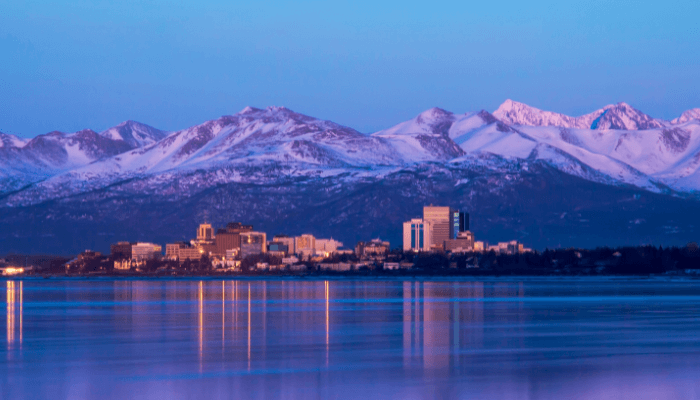

The port is open all year round and contains three wharves for receiving bulk carriers, two oil jetties, a RORO berth, two general cargo terminals, and a small wharf for accommodating barges. Covering 125 acres of land area, it can store 3.4 million barrels of oil and petroleum, 60,000 tonnes of cement and 9000 TEUs easily.
About five ships are docked at the port weekly, carrying aviation fuel from Washington. Consignments of construction material frequently arrive from Japan and Korea. The wharves are 11 to 14 metres deep and connected with the Alaska railway network and major highways.
Alaska port is endowed with modern infrastructure and equipment. It employs a skilled local workforce and houses prominent shipping companies. Adjacent to the facility is a 129-acre industrial park, established in 2003 for attracting businesses and investments. About 31 acres are dedicated to storing transit cargo while other areas are leased to numerous port users.
Lying on the southern coast of Alaska, on Prince William Sound near the Orca Inlet, Cordova is one of the biggest single-basin ports in the state. It has three docks covering 345 metres with average depths of 13 m for handling general cargo, RORO, petroleum goods and containers. About 30,000 tonnes of cargo and over 1000 vessels are loaded and unloaded at the port each year.
Commercial port operations are concentrated in the Municipal wharf. It is 125 metres long with a 10 m water depth for receiving small cargo ships. Fishing equipment and light cargo are dealt with at the 100 m long City wharf. The T-dock receives petroleum and oil tankers. It has four storage tanks connected to the main port area via pipelines for supplying fuel.
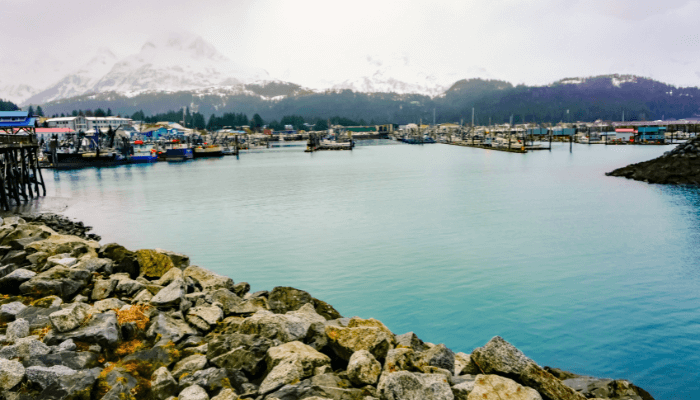

Around 700 boats can be moored in the harbour simultaneously. It can accommodate ships with a maximum overall length of 122 metres and an 8 m draught. Cordova harbour opens to the Pacific Ocean via the Gulf of Alaska. The local economy hinges on fishing and the canning industry that processes salmon.
It has three tidal grids and two warehouses, each covering 1000 m2 for keeping manufactured items, forest goods, cement and frozen fish. There are two administrative offices in the port vicinity and a parking area. Cordova port has a sewage treatment plant, a bilge water collection system and freshwater provisions too.
Valdez is the northernmost port on the North American Continent that remains ice-free throughout the year. Close to the Gulf of Alaska and the Columbia Glacier, it is popularly referred to as the Switzerland of Alaska. Tourists flock to the region for enjoying the snow-clad mountains, ice-fishing, whale watching and heli-skiing.
It serves a vast hinterland comprising interior regions of Alaska, the US Pacific region, parts of Canada and has shipping lanes winding near the Pacific rim. Valdez oil terminal is connected to the Trans-Alaska oil pipeline. Oil tankers carrying more than 6000 m3 of crude oil pass through Prince William Sound each day. Valdez port is accessible via the Richardson highway and railways.
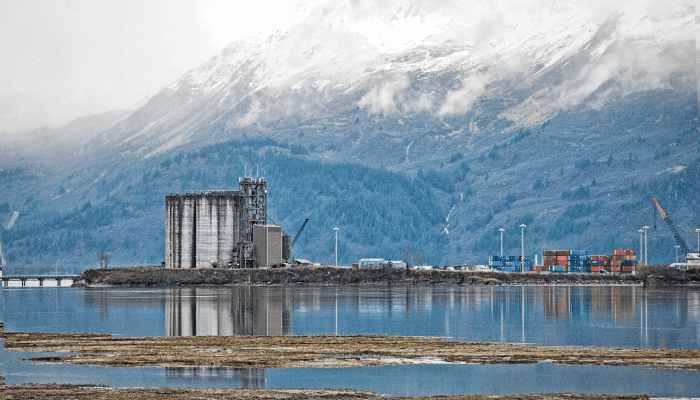

Valdez container terminal consists of a concrete floating wharf measuring 700ft with two dolphins. It is connected to a 21-acre marshalling yard by two ramps. Designed as a multipurpose berth, it handles container goods, RORO and breakbulk. The container freight station has 368 reefer connections and five warehouses.
Grain Terminal has 112 ft high and 33 ft wide steel silos for storing wheat, barley and maize. With a total capacity of 520,000 bushels, the terminal is fully-automated.
Lastly, the John Thomas Kelsey or the city dock covers 183 metres with an alongside depth of 11 m. It receives commercial fishing vessels and barges. It offers bunkering, garbage treatment and wastewater disposal services.
A major cruise port, Whittier is situated on the northeastern coast of Kenai Peninsula, around 100 kilometres from Anchorage port. Since it lies on the Alaska Marine Highway, it covers 4000 hectares of area.
Apart from pleasure crafts, it also receives small cargo ships on the adjacent 120 metres long cargo pier. It is equipped with a launch ramp, loading equipment and other amenities such as a repair workshop, fuelling station and a storage warehouse.
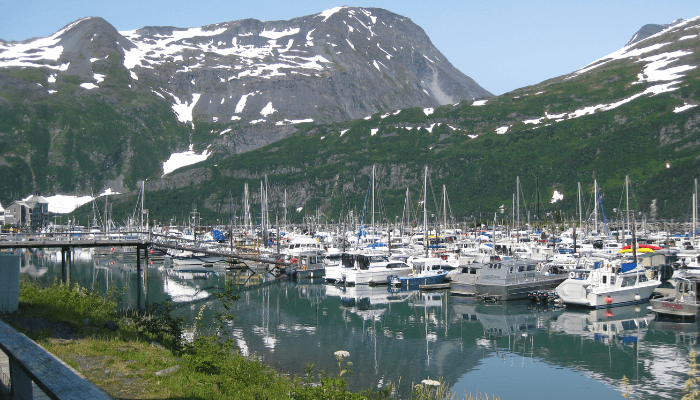

Managed by the Port and Harbour Commission, it is one of the most picturesque waterfronts in the world, overlooking mountains and gorgeous valleys. Operational throughout the year, it has 340 slips for 17 metre long vessels entering through the Prince William Sound.
Whittier port is a regular participant in an annual awareness program organised by the US Coast Guard. The harbour has facilities for water-skiing, boating and kayaking. Tourists can go shopping at the nearby local market or enjoy the beautiful waterfront view while grabbing a snack from the marina’s cafeteria.
Capital of Alaska, the city and port of Juneau lies on the Gastineau Channel near the border of British Columbia. A principal cargo port, it handles container ships, fish, oil and petroleum. Approximately 400,000 tonnes of cargo is handled at Juneau annually.
It has a passenger terminal with two wharves for accommodating cruise ships carrying more than 50,000 tourists.
Juneau Port is sheltered by a 110-kilometre long chain of Pacific islands. It has two cargo terminals, three boat yards, numerous harbours and launch ramps. Many private marinas are also part of the harbour offering services for sailors. The Unocal wharf provides gas, fuel and lubrication oil. Adjacent to it is the Tesoro dock and another fuel facility called the Aurora harbour.
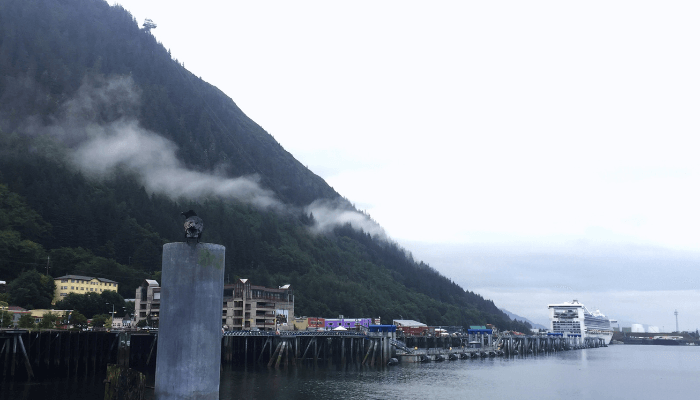

The Seadrome Marina offers 160 metres of moorage area along with fresh water, electricity, diesel etc. However, it is mostly filled and boaters are advised to make a reservation before arrival.
Lying across the Juneau channel is the Petro Marine dock. It consists of a DeHart’s boat repair yard equipped with a 12-ton travelift. Minor repairs, painting, and cleaning services are provided at the facility.
Juneau is important for the national economy, hence the port and harbour management is modernising the infrastructure for meeting global standards and the expectations of customers. The main Douglas harbour is being refurbished and the Auke bay is being expanded. Plans are underway for renovating the cruise terminal and constructing additional mooring areas.
Ketchikan lies on the southeastern coast of Alaska, on the Revillagigedo island close to the border of Canada. Forming a part of the Alexander Archipelago, it is also known as the world’s Salomon Capital. It has seven wharves for accommodating general cargo carriers, oil tankers, cruise ships and commercial fishing vessels. It has a total capacity of 600,000 tonnes of cargo.
The famous Misty Fjords National Monument lies east of the main harbour. The port has three operational areas and two launch ramps. It also contains three fueling stations, parking spaces and restrooms.
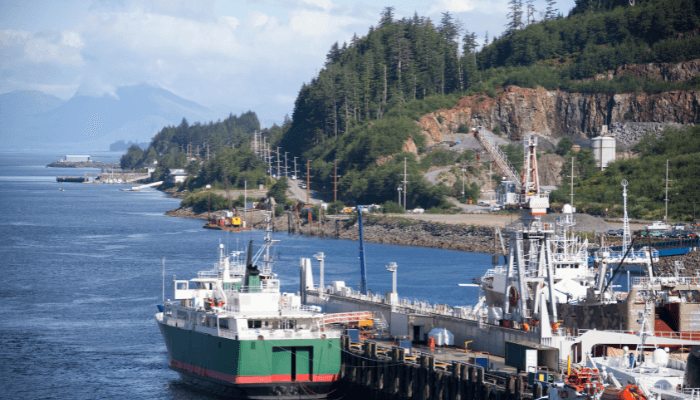

The port can accommodate vessels measuring up to 213 metres. Major commodities handled include timber, wood logs, fish, cement etc. Ketchikan port has three storage yards and five warehouses. The container berths are equipped with the latest scanning systems for reducing processing time and 19 reefer plugs.
Located in the city of Unalaska, Dutch harbour is known as a major fisheries centre in the United States. It has many fish oil processing factories producing over 4 million tonnes of the product annually. It has six wharves along with an emergency mooring buoy for receiving distressed ships. The port handles over 40,000 tonnes of cargo and 800 vessels each year.
The Unalaska Marine Centre and the Coast Guard Dock cover 600 metres with an alongside depth of 12 m. They offer mooring services, sheltered storage, container stuffing and packaging etc. It has fuelling stations managed by North Pacific Fuel Company and a rail system for transporting cargo to far-flung areas.
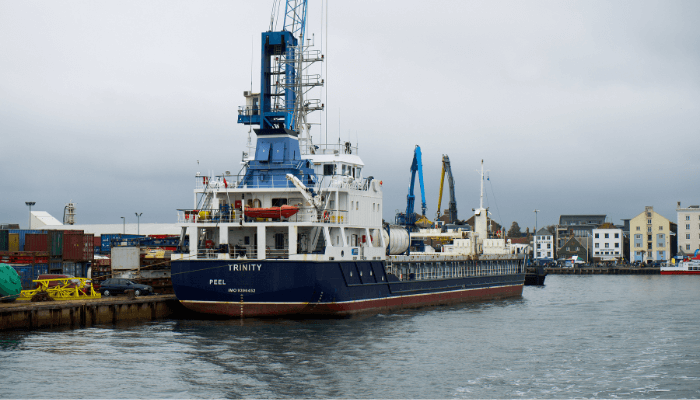

Measuring 2400 ft, Spit Wharf contains multiple berths for mooring 200 feet vessels. Robert Storrs International Boat Harbour has 70 slips assigned by a harbour master. It has mooring spaces for 60 ft vessels. Constructed in 2000, the light cargo dock contains two sheet-pile wharves and dolphins on both sides. Covering 340 metres, they deal with fishing vessels and passenger boats.
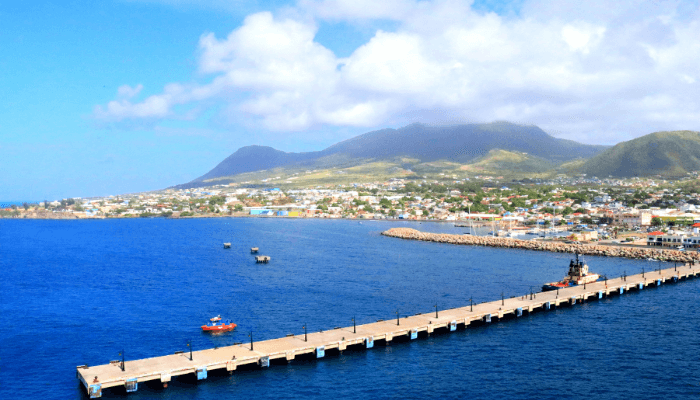

Situated in the largest wildlife refuge of the US, on the western bank of the Kuskokwim River, Bethel is a vital port that functions as a distribution centre for upstream regions. It remains open during summer and freezes completely during winter. Bethel harbour consists of a small cargo pier, a boat mooring harbour and petroleum wharves.
It can accommodate two ocean-going vessels simultaneously. Raw material, machinery and timber are major commodities handled at the harbour. Around 95,000 tonnes of cargo and over 900 vessels frequent the port each year.
Petroleum and consumer products are transhipped to the Yukon-Kuskokwim delta region. Containing three fishing piers, the port supports the salmon industry. It has a 9-acre storage facility which receives trucks for transporting goods to northern and western parts of the State.
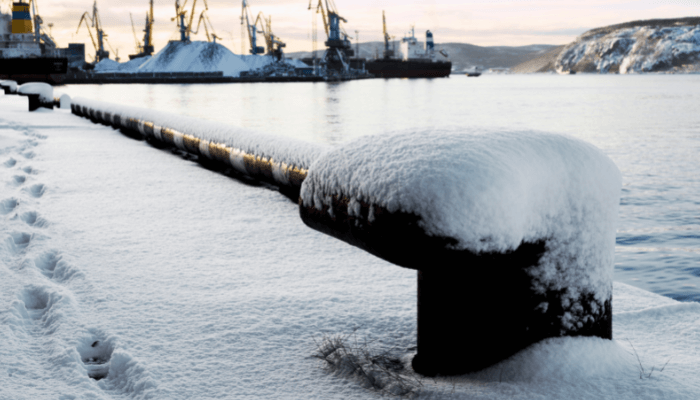

A regional port serving numerous southwestern villages, Dillingham is situated on the northern tip of Nushagak Bay. It handles conventional cargo, construction material, essential provisions, container goods and processed fish. Around 45,000 tonnes of cargo and over 500 vessels visit the harbour each year.
Lighters and barges carry cargo to the inner harbour while the outer port is accessible to large ships. A busy port, it is open only in summer and comprises four multipurpose berths. Around 400 vessels can be moored at the boat harbour. It has an open storage yard and a container freight station with 15 reefer connections. Additional boat ramp facilities are situated on Kanakanak beach and near Wood River.
You might also like to read:
Disclaimer: The authors’ views expressed in this article do not necessarily reflect the views of The Marine Learners. Data and charts, if used, in the article have been sourced from available information and have not been authenticated by any statutory authority. The author and The Marine Learners do not claim it to be accurate nor accept any responsibility for the same. The views constitute only the opinions and do not constitute any guidelines or recommendation on any course of action to be followed by the reader.










We believe that knowledge is power, and we’re committed to empowering our readers with the information and resources they need to succeed in the merchant navy industry.
Whether you’re looking for advice on career planning, news and analysis, or just want to connect with other aspiring merchant navy applicants, The Marine Learners is the place to be.